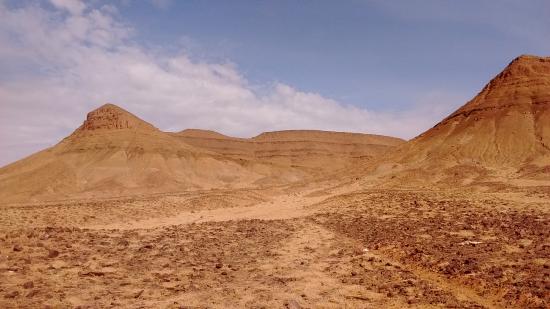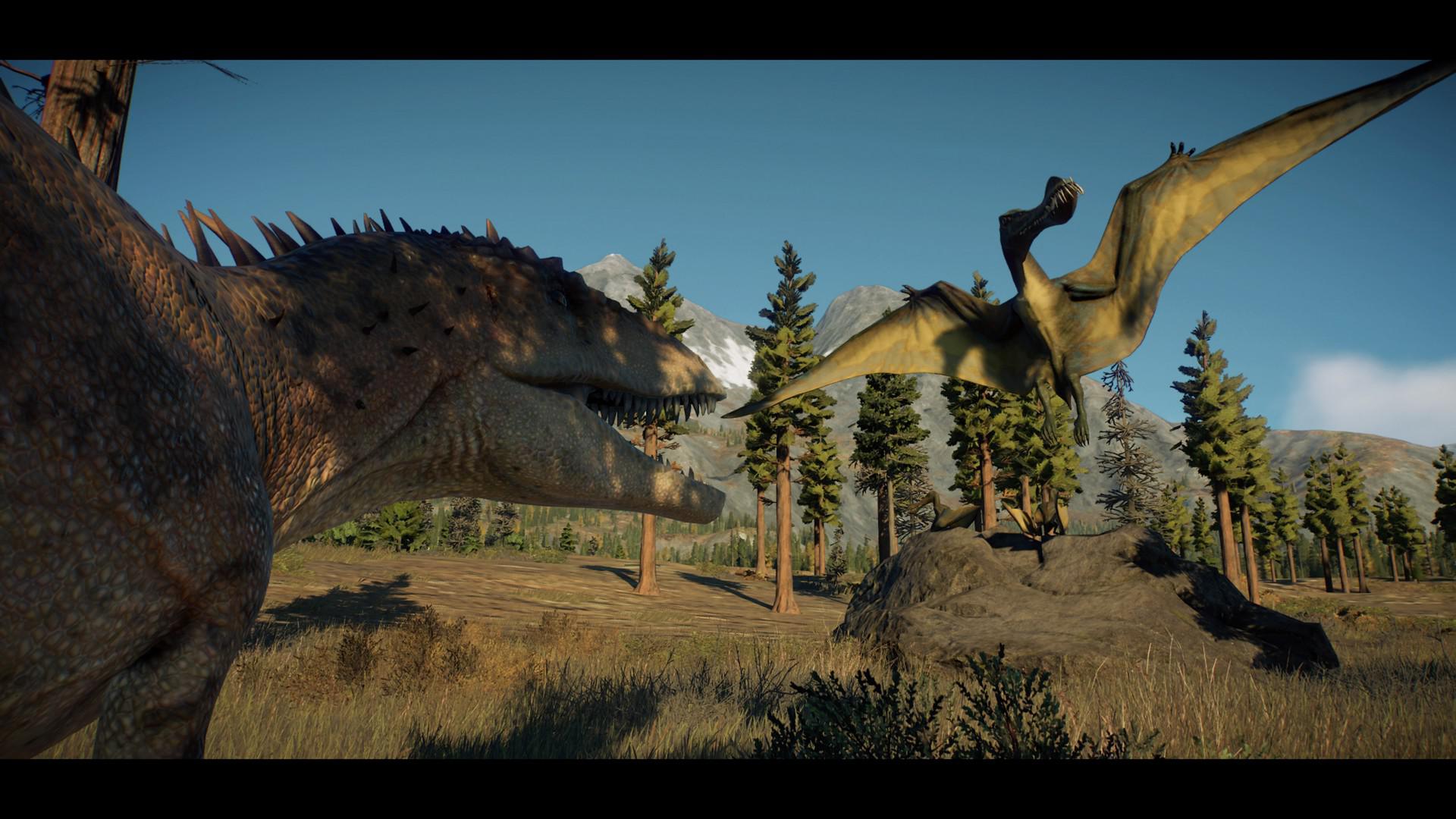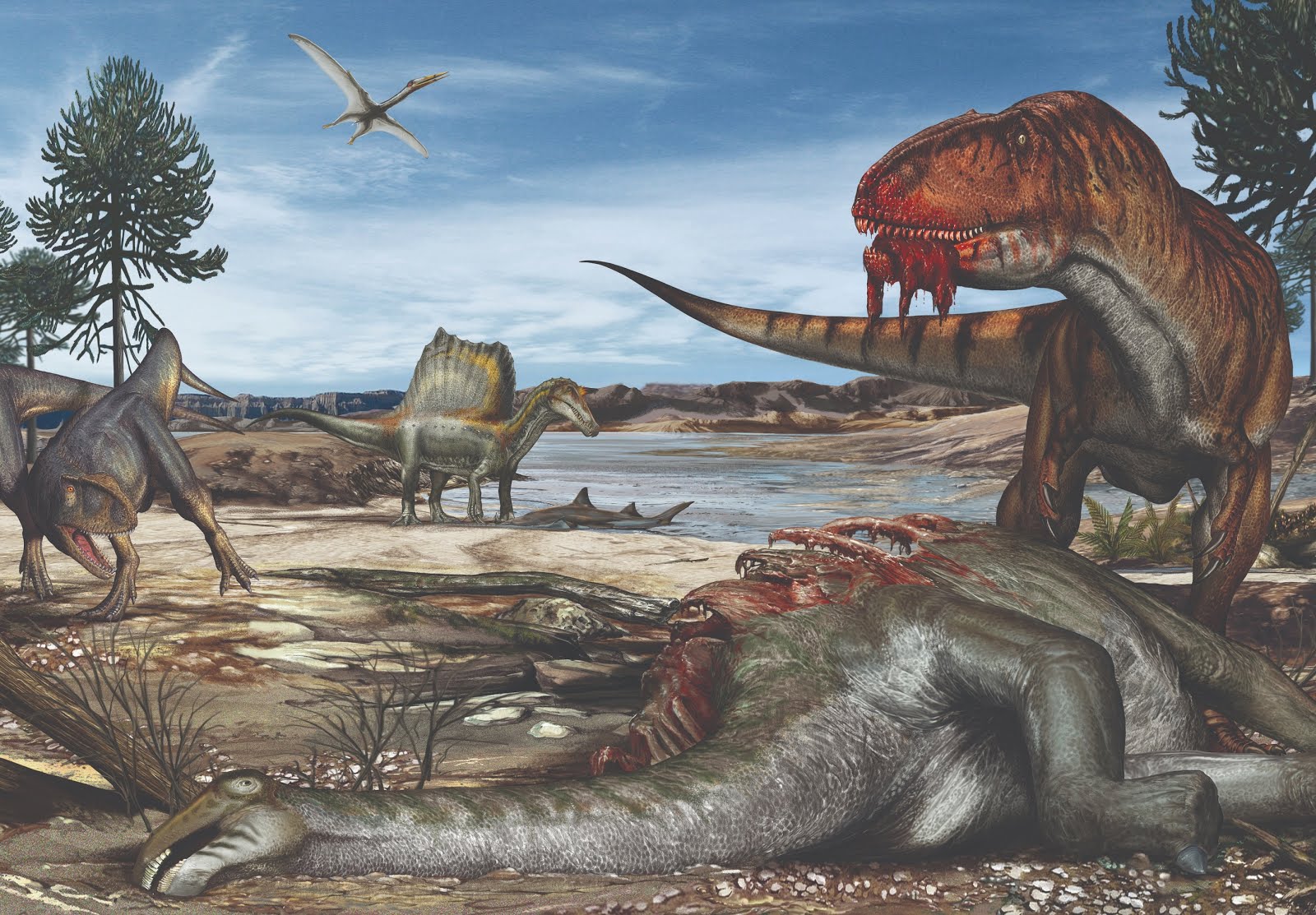Earth has been home to some of the most astonishing and perilous ecosystems in the history of life. But what if we told you there was one era and place so dangerous, it makes modern predators look like kittens? According to paleontologists, such a place existed during the Cretaceous Period—and it was utterly terrifying.
Welcome to the Kem Kem Beds
Nestled in what is now Morocco, the Kem Kem Beds are a treasure trove of fossilized remains from the mid-Cretaceous period, approximately 100 million years ago. This ancient ecosystem was ruled by an extraordinary array of predators, each more formidable than the last. Imagine walking through a land teeming with crocodile-like creatures, sharp-toothed theropods, and one of the largest predatory dinosaurs ever discovered—Spinosaurus aegyptiacus.

What Made the Kem Kem Beds So Dangerous?
- Predator Overload
The Kem Kem ecosystem was highly unusual due to its abundance of predators compared to prey. Fossil records reveal the presence of numerous giant theropods, including Spinosaurus, Carcharodontosaurus, and Deltadromeus. These ferocious carnivores would have fiercely competed for food in a land where survival was cutthroat. - Aquatic Predators
Spinosaurus, arguably the star of this ecosystem, was unlike any other predatory dinosaur. With its crocodile-like skull, razor-sharp teeth, and massive sail-like structure on its back, Spinosaurus dominated both land and water, making escape for prey virtually impossible. - Rivers of Death
The Kem Kem Beds were part of a sprawling river system surrounded by lush vegetation. However, these rivers were also inhabited by fearsome ancient crocodiles and massive fish, some of which were capable of preying on smaller dinosaurs. The waterways, rather than providing respite, were an extension of the deadly landscape.

Fossil Evidence Tells the Tale
Paleontologists have uncovered a wealth of fossils in this region, painting a vivid picture of its ancient inhabitants. Spinosaurus remains dominate the findings, suggesting its apex status in the ecosystem. Additionally, fossilized fish scales, crocodile teeth, and even fossilized footprints hint at a predator-filled environment that had little room for weaklings.
Why Did This Ecosystem Exist?
Scientists hypothesize that environmental factors, such as abundant waterways, nutrient-rich environments, and dynamic climates, created an ideal breeding ground for such a high predator-to-prey ratio. However, this also meant fierce competition and potential cannibalism among predators—a brutal testament to the survival of the fittest.

Lessons from a Prehistoric Hellscape
The Kem Kem Beds serve as a chilling reminder of Earth’s ever-changing ecosystems and the adaptations required for survival. Paleontologists continue to study this ancient world to uncover insights about predator-prey dynamics, evolution, and the delicate balance of life on Earth.
Would You Survive the Most Dangerous Place in History?
While modern life might present its own dangers, imagining yourself in the Kem Kem Beds can put things into perspective. In a world dominated by Spinosaurus and other terrors, even our worst fears seem tame by comparison.

